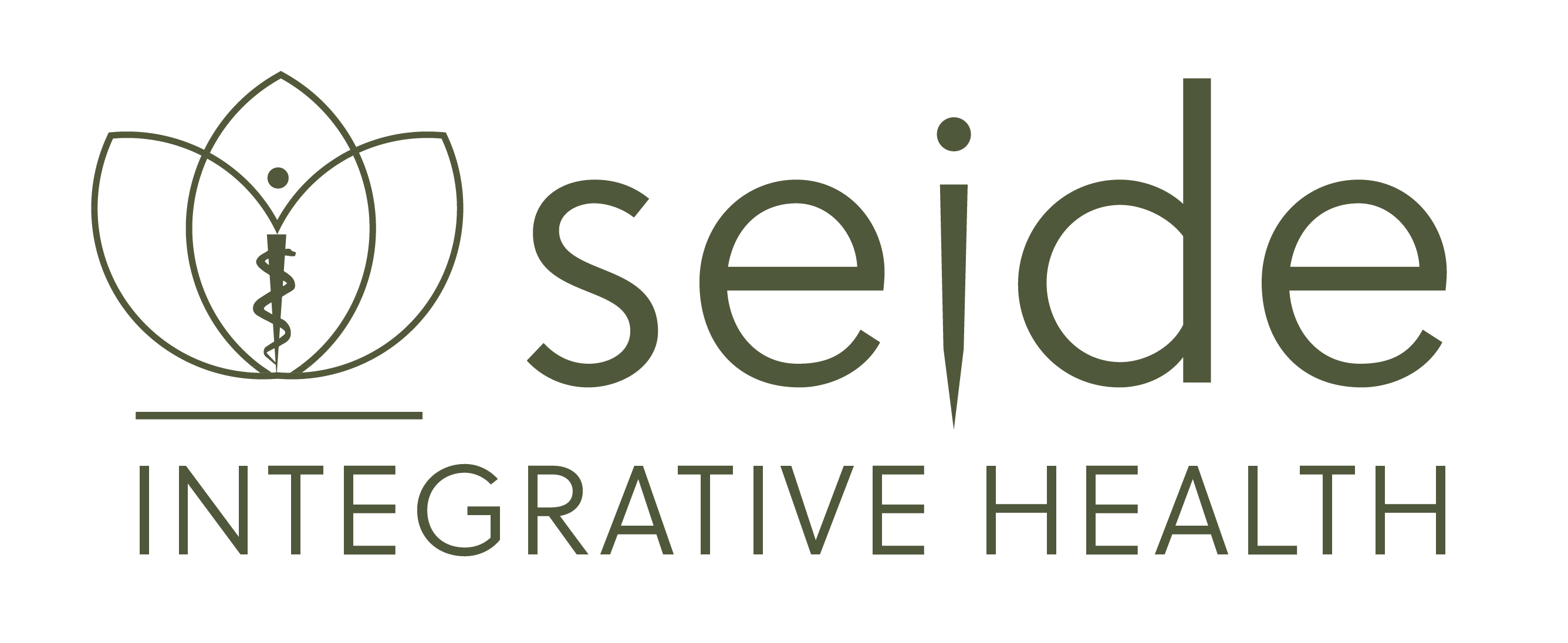Each day, at least a dozen emails with medical articles drop into my inbox. Today, Doctor’s Digest lead article was about “Lowering BP with Breathing.” I smiled, thinking how many times I’ve taught patients and colleagues breathing techniques that enhance wellbeing, improve focus, and yes, lower their blood pressure. In the past, I’ve read such articles and thought, “Damn, there goes someone beating me to the punch and publishing a study.” But now, I’m relieved that someone else is wading through the IRB’s, enrolling participants, submitting to journals…all to demonstrate that what I already know and have been doing has yet another voice of validation!
Teaching incarcerated people to breathe
As described elsewhere on my website, you can read about the non-profit Center for Council and how I’ve worked with them, bringing council and mindfulness training into California prisons as well as to law enforcement.
During 2020, prisons went on lock down, and no-one was allowed in. Programs like Council for Insight, Compassion and Resilience had to pivot and come up with creative ways to reach incarcerated people. With my husband, Jared Seide, I helped create the video above that will be shown to incarcerated participants in the program, along with several other videos that aim to support the men and women who are feeling such a loss of the community that council circles provided. I also contributed to Jared’s new book, Where Compassion Begins, which will soon be distributed in California prisons, and is also available for purchase by non-incarcerated people.
Two simple breathing techniques
In the above video, I talk about 2 breathing techniques. The first has an immediate effect of lowering your blood pressure (by as much as 10 points after only a minute!), the second is one which, when practiced daily, impacts your stress response over time.
5-count breathing
While seated in a comfortable chair, with legs, back and feet in contact with the chair or floor, begin by exhaling fully.
Inhale through your nose to a count of 5 seconds, then exhale quietly through either mouth or nose to the same count of 5.
This pace results in 6 breaths per minute. At a rate of 5-6 breaths per minute, something happens called “heart rate variability coherence.” This is a fancy term which means that changes in your heart rate align with the rhythm of your respiratory cycle, leading to an immediate enhancement of the parasympathetic nervous system output, lowering blood pressure. Because our brains are made to prioritize messages about changes in respiration, this 5-second breathing technique is the fastest way to enhance the relaxation response, and lower sympathetic tone. (Watch my video above for more explanation about what the sympathetic and parasympathetic nervous systems do.)
4-7-8 breathing
For improved sleep, a healthier response to stress, and improved overall balance of the autonomic nervous system, nothing beats 4-7-8 breathing, in my opinion. Rather than being a technique you can pull out in the middle of a stressful moment (like with the 5-count breathing), I think 4-7-8 breathing is better utilized as a daily (or better, twice daily) practice.
You can follow along in the video to get the idea of the pace of this breathing, but the general instructions are:
- Exhale completely
- Inhale through your nose to a count of 4
- Hold your breath to a count of 7
- Exhale, making a “whooshing” sound through your mouth to a count of 8
The ratio of the 3 phases is important, and not the pace of your counting. With practice, you’ll be able to lengthen the time for each cycle.
The above pattern should be done for 4 cycles, no more, twice daily. You should be in a seated position or lying down, and you may notice at first feeling a bit lightheaded; this will pass with repetition. After a month of 4 cycles, twice daily, you can increase to 2 sets of 4 cycles twice a day. For me, this practice has cured me of sleep-onset insomnia. Sometimes, I literally fall asleep during the second or third cycle!
Share with a friend
